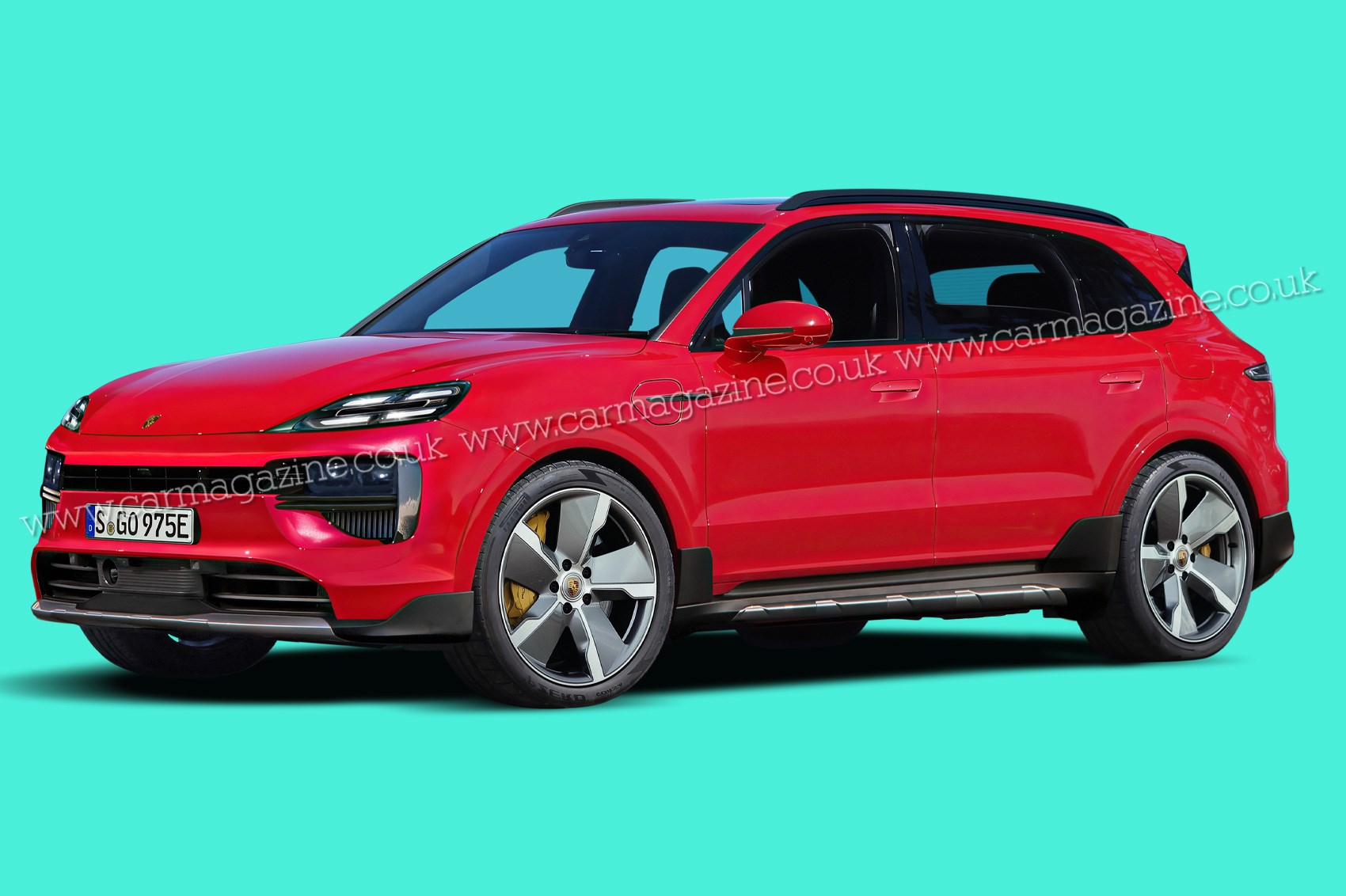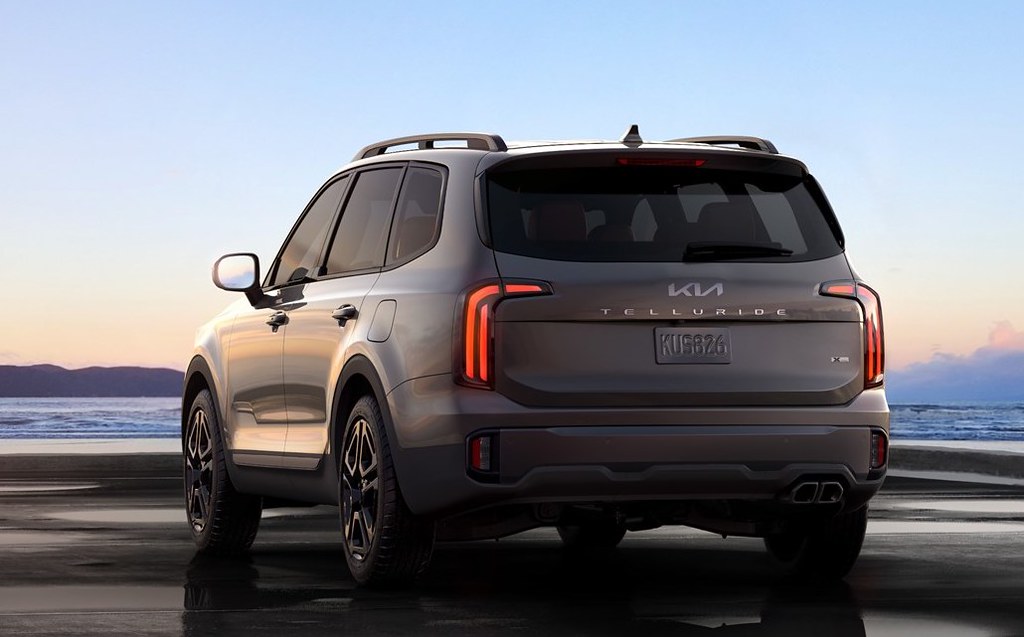Remember the days when cars had that distinctive twin spots headlight design? It was a time when the automotive world was brimming with a sense of innovation and style. But as with all things, the era of the twin spots headlight has faded, leaving some of us feeling a bit nostalgic and others, well, quite relieved. Let’s dive into the rise and fall of this iconic headlight design and explore what made it so special, and why it eventually dimmed in the rearview mirror of automotive history.
The twin spots headlight design, often characterized by its two circular beams per headlight unit, was more than just a stylistic choice; it was a statement. It represented an era where car manufacturers were experimenting with form and function, pushing the boundaries of what was possible with vehicle lighting. These headlights weren’t just about seeing and being seen; they were about making a bold impression on the road.
But as with all trends, the twin spots design had its drawbacks. The main issue was the distribution of light. While the twin spots could offer a wide range of illumination, they often lacked the precision and uniformity of modern lighting systems. This meant that certain areas of the road could be well-lit, while others remained in shadow, creating potential safety concerns for drivers and pedestrians alike.
Despite these challenges, the twin spots headlight design has its loyal fans. There’s a certain charm to the way these headlights carve out their space on the front of a car, like the eyes of a determined face charging down the highway. They evoke a sense of nostalgia for a time when cars weren’t just about getting from point A to point B, but about the experience of the journey itself.

However, as technology advanced, so did headlight design. The introduction of halogen, HID, and eventually LED lights brought about a new era of efficiency and clarity. These modern lighting systems offered brighter, more consistent light, which improved visibility and safety. As a result, the twin spots design gradually faded away, replaced by sleeker, more technologically advanced units.
The twin spots headlight design is a reminder of the automotive industry’s constant evolution. It’s a testament to the creativity and ingenuity of car designers who are always looking for ways to blend aesthetics with practicality. While we may look back fondly on the twin spots era, we can also appreciate the advancements that have led us to the sophisticated lighting systems we have today.
As we continue to reminisce about the twin spots headlight era, it’s essential to pivot our headlights towards the road ahead and shine a light on customer experiences and the future of headlight innovation. This section will delve into the voices of those who have driven cars with the latest headlight designs, their concerns, and the technological advancements that are steering us towards a brighter future in automotive lighting.
Customer experiences with modern headlight designs, particularly those of Hyundai vehicles like the 2021 Santa Fe and the 2022 Tucson, have been mixed. Some drivers, like Chris.praying and KenP1a02, have expressed safety concerns due to a ‘dark spot’ issue with the low beam headlights. They’ve reported that their vehicles project a 10×20 ‘dark hole,’ which they find dangerous, especially when driving at night. Despite their concerns, dealerships have explained that this design is intentional, meant to prevent blinding oncoming drivers, as per the explanation given to KenP1a02. This has left customers like PaulaBergs feeling frustrated, as they perceive it as a counterintuitive design that prioritizes oncoming traffic over the driver’s visibility.
The conversation around this issue is robust, with many owners sharing their experiences and solutions. For instance, kjacobsen93 took a proactive approach by refusing to accept the vehicle until the issue was resolved, highlighting the importance of standing one’s ground on safety issues. On the other hand, lgfrie found a workaround by utilizing the adaptive high beams feature, which automatically adjusts the brightness in response to oncoming traffic. This feature seems to have mitigated the issue for some, as lgfrie no longer considers it a deal-breaker.
The discussion also brings to light the legal and technical aspects of headlight design. As msitter points out, the lights conform to all NHTSA and Federal Motor Vehicle specifications, indicating that the design is legal and not likely to change. This sentiment is echoed by TAGSF19U, who argues that the ‘notch’ in the LED lighting pattern is not a ‘black hole’ but a feature designed to minimize glare for oncoming drivers. TAGSF19U also praises the LED lighting on the Santa Fe, which has received high marks when independently evaluated.

Some drivers, like droric and KansasCity, have found the headlights to be exceptional, noting that the ‘dark V shapes’ are hardly noticeable and do not impact overall visibility. This suggests that the issue may be more pronounced for some drivers than others, possibly due to driving conditions or personal sensitivity to the design.
The debate over the ‘dark spot’ issue also touches on the evolution of headlight technology. As tex2670 mentions, the ‘V’ cut off has been a characteristic of projector beam style headlights for decades. The sharpness of the cut off and the distance the headlights project light are crucial factors in visibility, not necessarily the presence of a gradual dimming. This perspective is supported by karrow, who prefers Hyundai’s choice to maximize illumination up to the cutoff point, even if it results in a more noticeable transition.
Looking towards the future, the conversation hints at further innovations in headlight technology. The mention of Lexus’s actively dimming LEDs to create a ‘shadow’ around oncoming vehicles by bwheel indicates an industry trend towards more sophisticated and responsive lighting systems. These systems could potentially address the concerns raised by customers while enhancing safety and visibility.
While the twin spots headlight era may be behind us, the journey of headlight innovation is far from over. As we navigate the twists and turns of customer feedback and technological advancements, one thing remains clear: the drive towards safer, more efficient, and more aesthetically pleasing headlights will continue to illuminate the path forward for the automotive industry.
With each new model year, we can expect to see headlights that not only meet legal standards but also adapt to the needs and preferences of drivers around the world. So, whether you’re a fan of the classic twin spots or a proponent of cutting-edge LED technology, the road ahead is bright with possibilities.
Related posts:
Anyone miss the twin spots headlight era? : r/motorcycles (reddit.com)
Anyone else misses popup headlights?
Model Years 2024 and Newer – 2024 headlight issue




